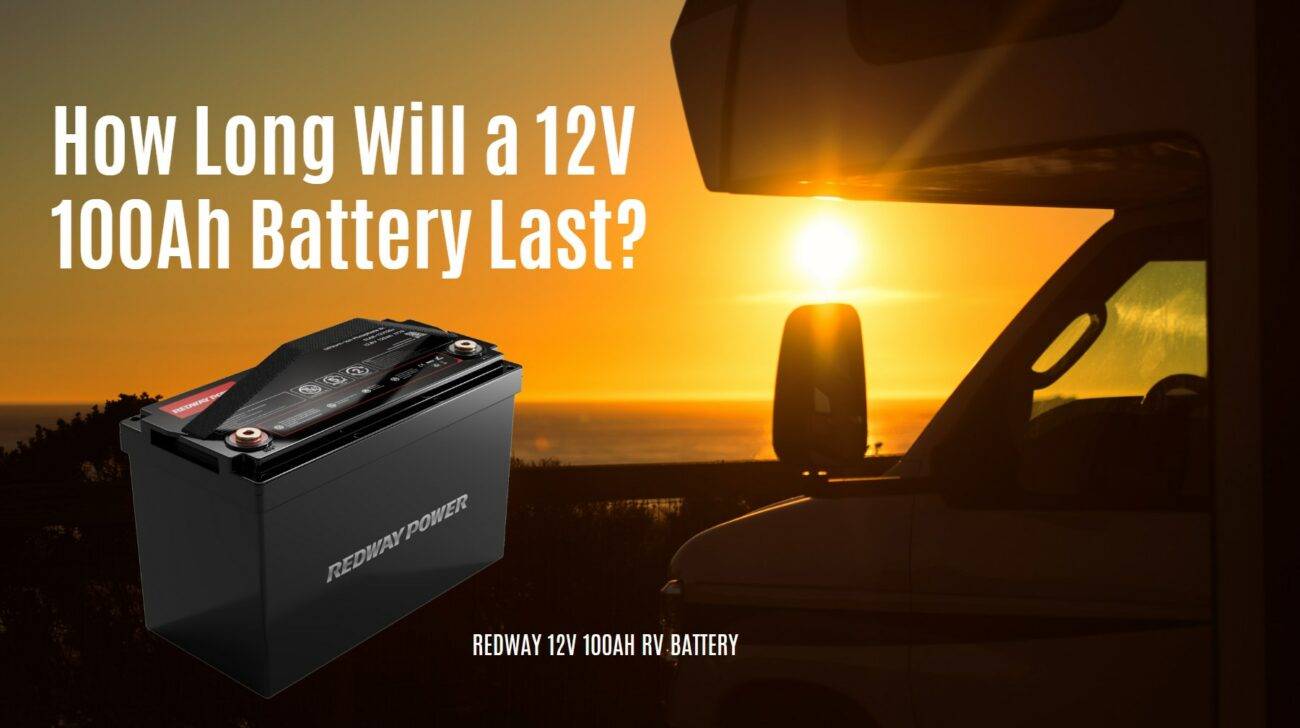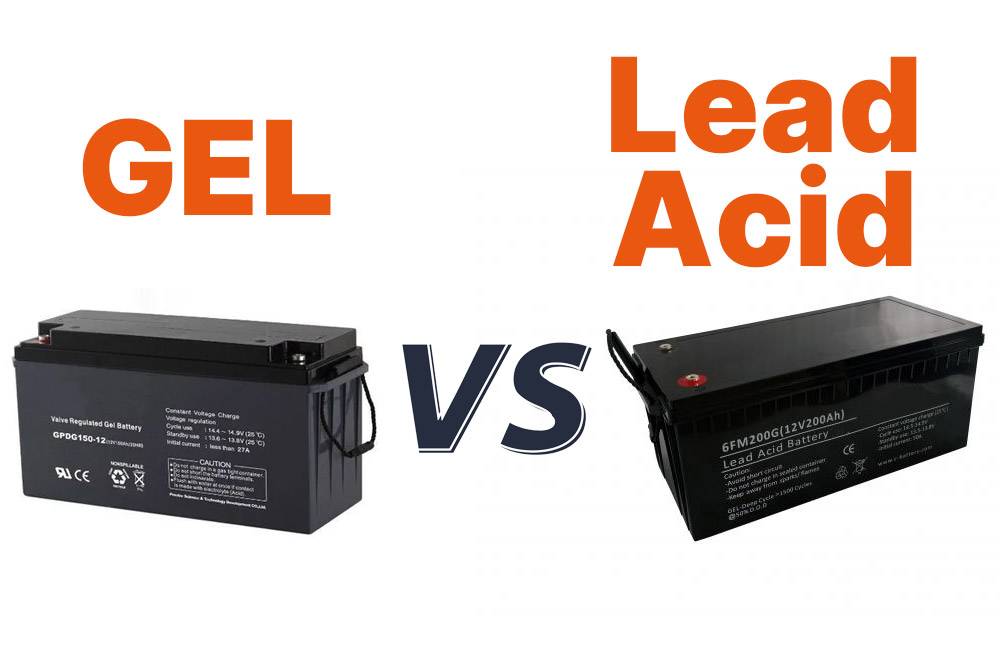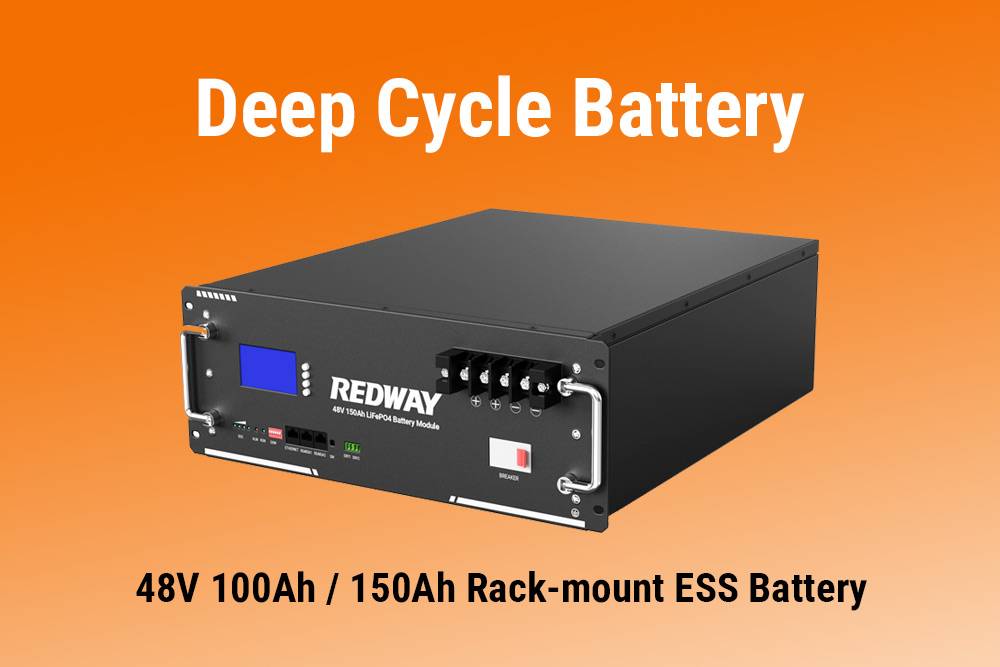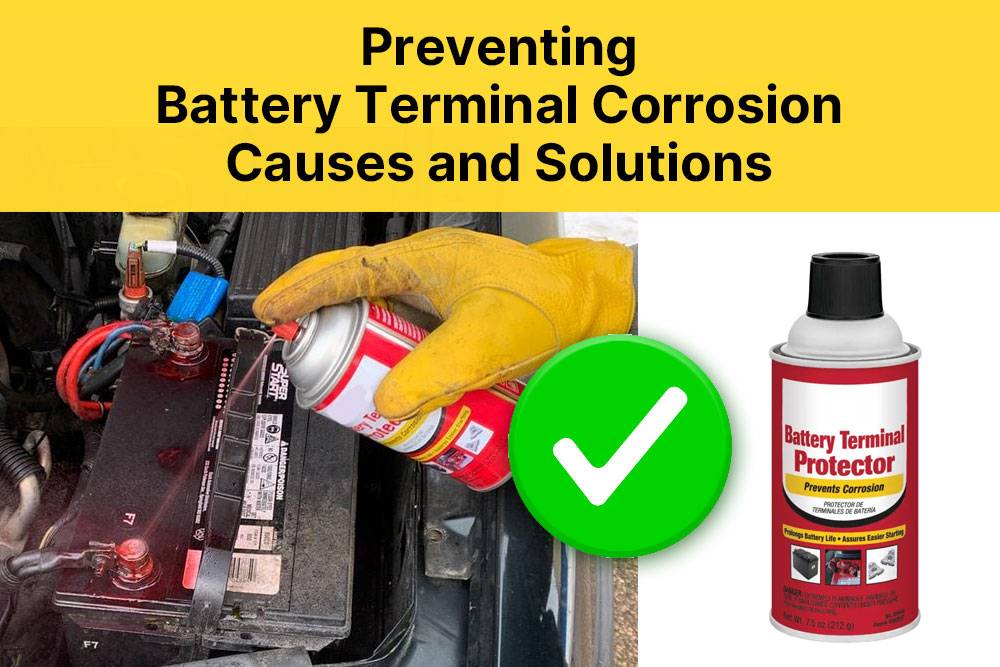Are you the proud owner of a 12V lead acid battery? Whether it’s powering your car, boat, or backup system, understanding how to properly charge and maintain your battery is crucial. After all, a dead battery can leave you stranded at the most inconvenient times! So, when exactly should you charge your trusty power source? In this blog post, we’ll dive into the world of lead acid batteries and explore the factors that affect their lifespan. We’ll also discuss the telltale signs of a dying battery and reveal some valuable tips for ensuring its longevity. Get ready to become an expert in keeping your 12V lead acid battery charged and ready for action!
Understanding Lead Acid Batteries
Lead acid batteries have been around for decades and are still widely used in various applications. But what exactly makes them tick? Well, let’s start with the basics.
Lead acid batteries are made up of lead plates submerged in a sulfuric acid electrolyte solution. When connected to an external circuit, such as your car or boat, a chemical reaction occurs that allows electricity to flow from the battery.
One key characteristic of lead acid batteries is their ability to provide high surge currents, making them ideal for starting engines or powering heavy machinery. They also have a relatively low energy density compared to other types of batteries.
It’s important to note that lead acid batteries require regular maintenance to ensure optimal performance and lifespan. This includes checking and topping up the electrolyte levels (if applicable) and keeping the terminals clean and free from corrosion.
Additionally, it’s worth mentioning that lead acid batteries can be either sealed or flooded. Sealed batteries are maintenance-free and do not require adding water, while flooded ones may need periodic water replenishment.
Now that we’ve covered some fundamentals about lead-acid batteries, let’s explore the factors that can affect their overall life expectancy in our next section!
Factors Affecting Battery Life
The life of a 12V lead acid battery can be influenced by various factors. One crucial factor is the temperature at which the battery operates. Extreme temperatures, whether too hot or too cold, can significantly reduce the lifespan of your battery. High temperatures accelerate chemical reactions within the battery, causing it to age faster. On the other hand, extremely low temperatures slow down chemical reactions and reduce the battery’s capacity.
Another factor that affects battery life is the depth of discharge (DoD). The DoD refers to how much power you use from your battery before recharging it. The higher the DoD, meaning you regularly discharge your battery completely before recharging it, can shorten its overall lifespan.
The charging process itself also plays a role in determining how long your lead acid battery will last. Overcharging or undercharging can both be detrimental to its longevity. It is important to follow proper charging guidelines provided by manufacturers and avoid overloading or using incompatible chargers.
Additionally, regular maintenance and care are essential for maximizing the lifespan of your lead acid battery. This includes keeping terminals clean and free from corrosion, checking electrolyte levels if applicable, and ensuring proper ventilation around batteries.
By being mindful of these factors that affect battery life, you can extend its usage time and get more value out of your 12V lead acid battery without premature replacements
Signs of a Dying Battery
When it comes to your 12V lead acid battery, recognizing the signs of a dying battery is crucial for its longevity and performance. Here are some indicators that your battery may be on its last legs.
Pay attention to how easily your battery starts. If you notice that it takes longer for the engine to turn over or if you hear a slow cranking sound, this could be a sign of a weak or dying battery.
Keep an eye out for dimming headlights. If you notice that your lights seem less bright than usual, especially when idling or at low speeds, it could indicate that your battery is struggling to maintain power.
Watch for electrical issues in your vehicle. A dying battery can cause flickering dashboard lights or problems with other electronic components like the radio or power windows.
If you experience frequent jump-starts or find yourself needing to use a portable charger often, these are clear signs that your battery is no longer holding charge efficiently.
Being aware of these signs will help you take proactive steps towards maintaining and prolonging the life of your 12V lead acid battery.

The Importance of Proper Charging
Proper charging is crucial when it comes to maintaining the health and longevity of your 12V lead acid battery. It may seem like a simple task, but many people overlook its importance. So why is proper charging so vital?
It ensures that your battery receives the correct amount of charge without overcharging or undercharging. Overcharging can lead to excessive heat and damage the internal components of the battery, while undercharging can cause sulfation and reduce its overall capacity.
Proper charging helps prevent premature aging of the battery. When a battery is not charged correctly, it can become depleted more quickly, reducing its lifespan significantly.
Additionally, by following proper charging practices, you’ll be able to optimize the performance of your battery. This means that it will deliver consistent power when you need it most.
To ensure you’re giving your 12V lead acid battery the care it deserves during charging:
1. Use a charger specifically designed for lead-acid batteries.
2. Follow manufacturer guidelines regarding charge voltage and current limits.
3. Avoid fast-charging methods unless recommended by professionals.
4. Keep an eye on temperature levels during charging; extreme temperatures can affect performance.
Remember that taking good care of your 12V lead acid battery through proper charging practices will extend its life and keep you powered up whenever you need it!
When to Charge a 12V Lead Acid Battery?
When it comes to charging your 12V lead acid battery, timing is everything. Waiting until the last minute or constantly draining your battery can have detrimental effects on its lifespan and performance. So, when should you charge your battery?
One indicator that it’s time for a recharge is when you notice a decrease in the battery’s overall voltage. Monitoring the voltage regularly will help you determine if it’s dropping below an acceptable level. Additionally, if you’ve used your battery extensively or left it unused for an extended period, it may be time for a recharge.
Another factor to consider is the temperature. Extreme temperatures can impact how quickly your battery discharges and how efficiently it charges. If you’re operating in hot or cold conditions, keep an eye on your battery and charge as needed.
Listen to your equipment too! If you notice sluggish performance or difficulty starting up, these could be signs that your battery needs some juice. Don’t wait until it fails completely – give it a boost before that happens.
Remember not to overcharge either! Overcharging can cause damage to the internal components of the battery and shorten its overall lifespan. Use a charger with automatic shut-off capabilities or set a timer to ensure you don’t exceed the recommended charging time.
Keeping track of voltage levels, considering temperature conditions, paying attention to equipment performance are all key factors in determining when to charge your 12V lead acid battery. By being proactive in monitoring and maintaining its charge levels appropriately, you can extend its life span and enjoy reliable power whenever needed without any worries!

Tips for Charging Your Battery
To ensure the longevity and optimal performance of your 12V lead acid battery, it is crucial to understand when and how to charge it properly. By following a few simple tips, you can extend the life of your battery and avoid unexpected breakdowns.
Here are some essential tips for charging your battery:
1. Regular Maintenance: Check the water level in your battery regularly, especially in hot climates where evaporation rates are higher. Keep the terminals clean and free from corrosion to maintain good electrical connections.
2. Choose the Right Charger: Invest in a high-quality charger specifically designed for lead acid batteries. Avoid using fast chargers or those not suitable for your battery type, as they can potentially harm its lifespan.
3. Charge at Appropriate Times: It’s best to charge your 12V lead acid battery before it drops below 50% capacity. Waiting until it reaches a critically low level can cause irreversible damage. Ideally, aim to recharge when levels reach around 70-80%.
4. Follow Charging Guidelines: Different types of lead acid batteries have specific voltage requirements during charging cycles. Refer to the manufacturer’s instructions or consult with an expert if you’re unsure about these guidelines.
5. Consider Temperature: Extreme temperatures can affect both charging efficiency and overall battery life span significantly—avoid charging in excessively hot or cold environments whenever possible.
6. Don’t Overcharge: Once fully charged, disconnect the charger promptly; overcharging may result in electrolyte loss due to excessive heat generation within the cells.
7.
Optimal Charging Duration: Allow sufficient time for full recharging without rushing or interrupting the process halfway through – this will help maximize energy storage capacity and prolong overall battery life.
By adhering to these helpful tips, you’ll be able to keep your 12V lead acid battery performing optimally while extending its lifespan significantly.
Remember that proper maintenance is key! Take care of your battery so that it takes care of you.













